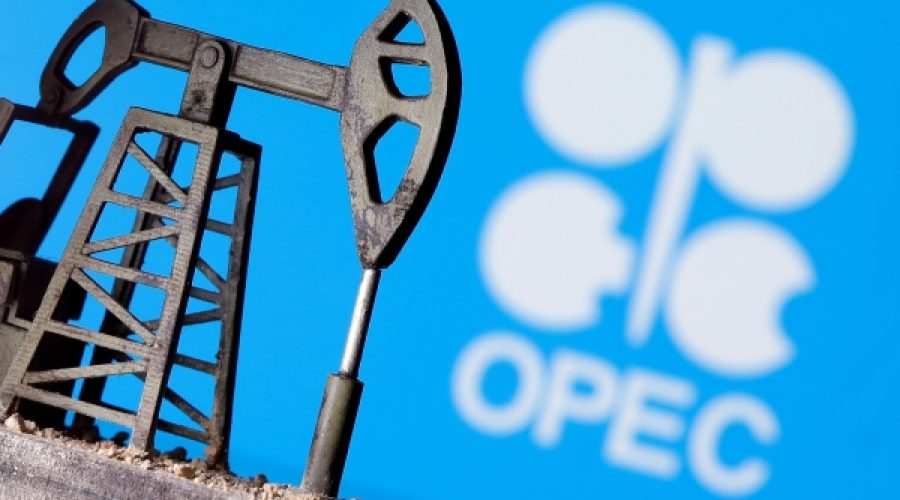Oil Prices Surge: Implications for Investors and Businesses Amid Global Economic Stabilization in June
VIENNA: The Organization of the Petroleum Exporting Countries (OPEC) announced on Wednesday a notable increase in oil prices for June, with the average OPEC basket rising by $6.11 to $69.73 per barrel, while the global economy showed stability during the same period.
According to OPEC’s monthly report, the price of Brent crude rose by $5.79 to $69.80, and West Texas Intermediate crude increased by $6.39 to $67.33.
The report also highlighted the continued stable growth of the global economy, bolstered by strong performance in the first half of this year. Growth forecasts remain steady at 2.9% for 2025 and 3.1% for 2026.
Forecasts for the world’s largest economies are projected to remain stable throughout 2025 and 2026. The United States is expected to grow by 1.7% in 2025 and 2.1% in 2026, China by 4.6% and 4.5%, and India by 6.5%. Additionally, predictions for Japan, the Eurozone, Brazil, and Russia are unchanged.
Global oil demand is expected to grow by 1.3 million barrels per day in both 2025 and 2026, which includes an increase of 100,000 barrels per day from OECD nations and 1.2 million barrels per day from non-OECD countries.
Regarding supply, OPEC anticipates that oil production from non-participating countries in the Declaration of Cooperation will rise by 800,000 barrels per day in 2025 and 700,000 barrels per day in 2026, primarily driven by the United States, Brazil, Canada, and Argentina.
The report noted that crude oil production from OPEC member countries in the agreement saw a monthly increase of 349,000 barrels per day in June, reaching approximately 41.56 million barrels per day.
Additionally, OPEC’s report addressed Europe’s crude oil and product imports, which have risen by 11%. In contrast, Japan’s crude oil imports declined, although they remained above last year’s levels, and its product exports also saw a decrease.
Finally, the report revealed that commercial oil inventories in OECD countries rose by 34.5 million barrels in May, totalling 2,771 million barrels. However, these levels are approximately 184 million barrels below the 2015-2019 average, with both crude oil and product inventories increasing. — ONA
Special Analysis by Omanet | Navigate Oman’s Market
The recent increase in oil prices signals a potential boon for businesses in Oman, particularly in sectors reliant on oil revenues, creating opportunities for increased investment and infrastructure development. However, with global supply projections rising, entrepreneurs must remain vigilant to the risks of fluctuating prices and enhanced competition from non-OPEC producers. Smart investors should focus on diversification strategies while capitalizing on Oman’s unique position in the energy landscape as it navigates these shifts.



